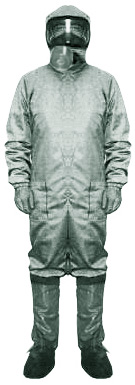A passage about the threats that attend our amazing scientific progress, from Wil S. Hylton’s New York Times Magazine article, “How Ready Are We For Bioterroism?“:
“The specter of a biological attack is difficult for almost anyone to imagine. It makes of the most mundane object, death: a doorknob, a handshake, a breath can become poison. Like a nuclear bomb, the biological weapon threatens such a spectacle of horror — skin boiling with smallpox pustules, eyes blackened with anthrax lesions, the rotting bodies of bubonic plagues — that it can seem the province of fantasy or nightmare or, worse, political manipulation. Yet biological weapons are as old as war itself. The ancient Hittites marched victims of plague into the cities of their enemies; Herodotus described archers’ firing arrows tipped with manure. By the 20th century, nearly every major nation developed, produced and in some cases used a panoply of biological weapons, including anthrax, plague, typhoid and glanders.
A decade after the 9/11 attacks, it is easy to forget the anthrax letters that sprang up just a few weeks later and to dismiss the fear that swept the country as a relic of a fragile moment that already belongs to history. But in the wake of those events, many national-security experts began to reconsider the risk of a biological attack — and reached some unsettling conclusions. Since the collapse of the Soviet Union, most scientists had assumed that the difficulty of building a bioweapon was far beyond the ability of a terror cell, but looking again in the early 21st century, many experts came to believe that advances in laboratory technology brought the science within reach. ‘What took me three weeks in a sophisticated laboratory in a top-tier medical school 20 years ago, with millions of dollars in equipment, can essentially be done by a relatively unsophisticated technician,’ Brett Giroir, a former director at the Defense Advanced Research Projects Agency (Darpa), told me recently. ‘A person at a graduate-school level has all the tools and technologies to implement a sophisticated program to create a bioweapon.'”

